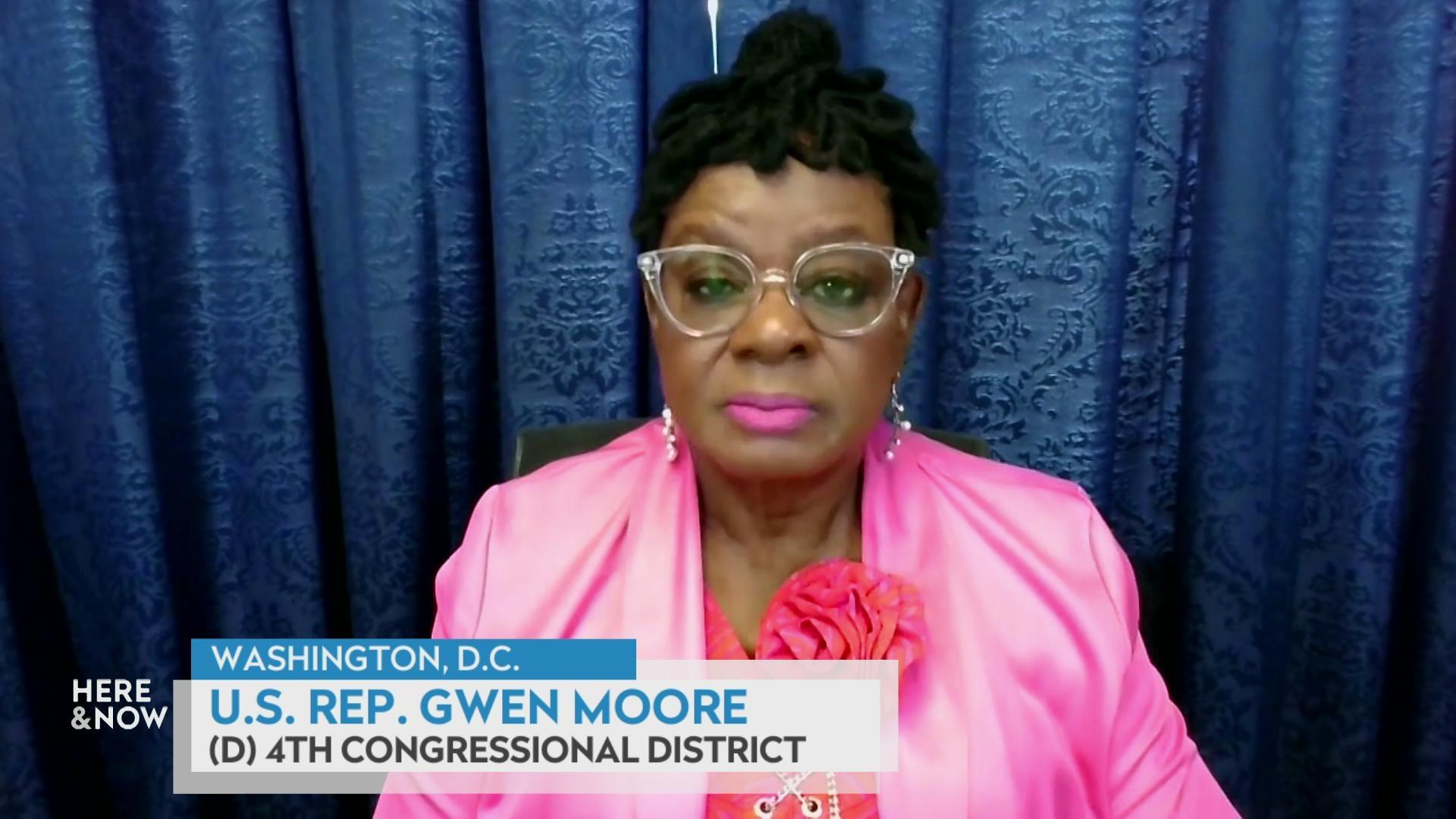Why Madison Is A Model For Replacing Lead Water Pipes
Public policies addressing lead in drinking water have serious holes, as reports from Wisconsin Public Radio and the Wisconsin Center for Investigative Journalism revealedthis week. But Wisconsin is also the home of one of the more ambitious lead-mitigation projectsin U.S. history.
May 23, 2016

Joe Grande

Public policies addressing lead in drinking water have serious holes, as reports from Wisconsin Public Radio and the Wisconsin Center for Investigative Journalism revealedthis week. But Wisconsin is also the home of one of the more ambitious lead-mitigation projects in U.S. history.
Joe Grande, water quality manager for the Madison Water Utility, joined Wisconsin Public Television’s Frederica Freyberg in a Jan. 29, 2016 interview on Here And Now to discuss the capital city’s 17-year, $15.5 million effort to replace lead service lines carrying water from city water mains into homes.
Madison took this approach after water utility studies showed that the city’s main lead-control method — adding chemicals to make the water less corrosive to lead and other metals — at times fell short and at times even aggravated the problem, in addition to triggering algae growth.
Grande, who commented in a WPR report on varying treatment practices in Wisconsin water utilities, said that even after removing about 8,000 lead service lines, Madison’s water is not lead-free. Lead is still in other parts of water piping, including solder and brass components. As he pointed out in the interview, Madison water’s lead levels are at about 3 parts per billion in the 90th percentile of samples, well below the federally mandated action level of 15 parts per billion. (That is, 90 percent of samples have levels lower than 3 ppb.)
The utility’s approach also made Madison a national model: Pipes are the principal source of lead in the city’s water, and as WCIJ reported, even the U.S. Environmental Protection Agency doesn’t know for sure how many remain.
 Passport
Passport











Follow Us